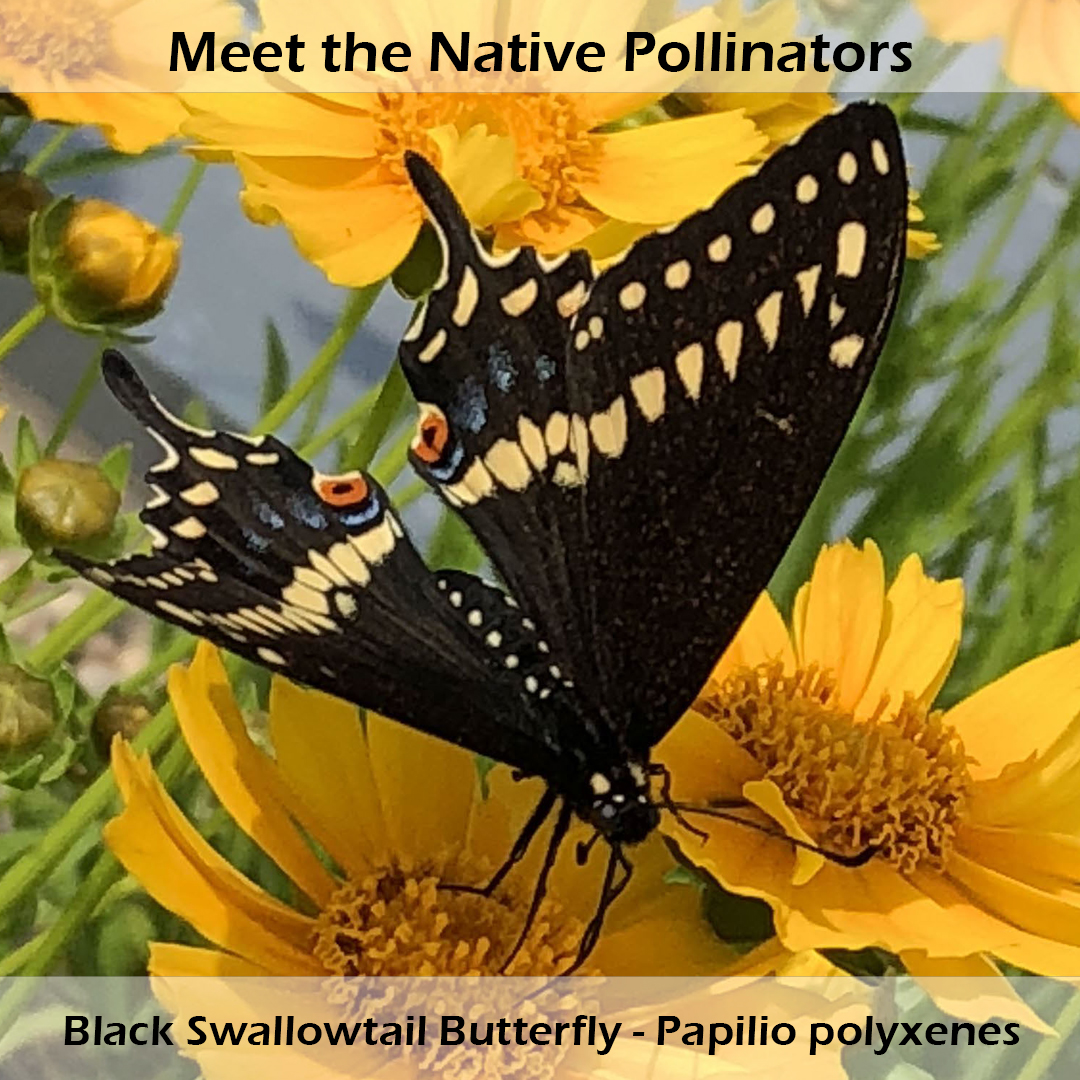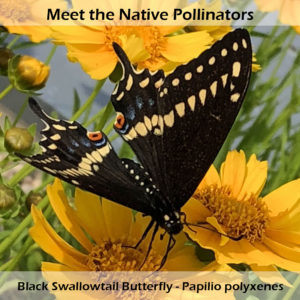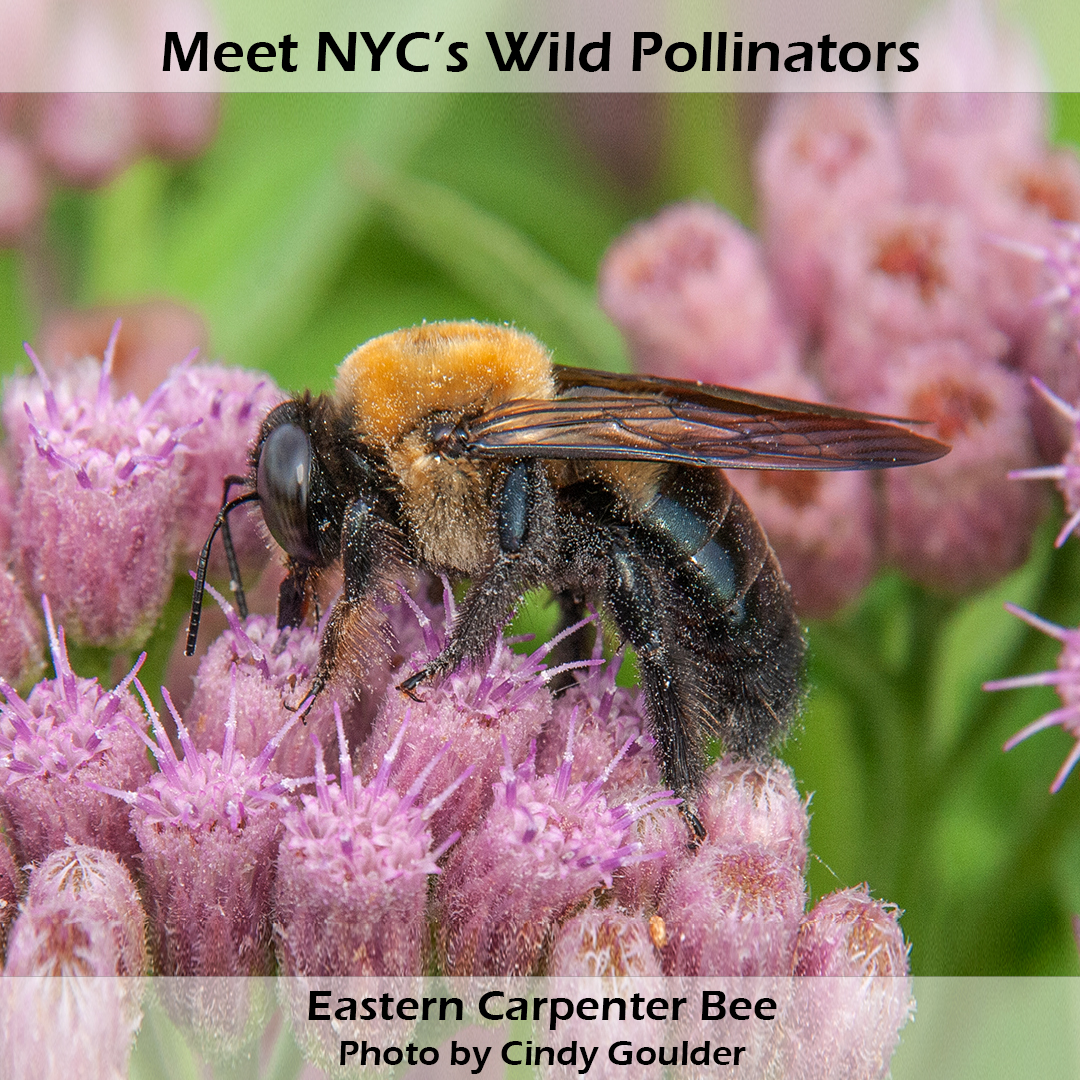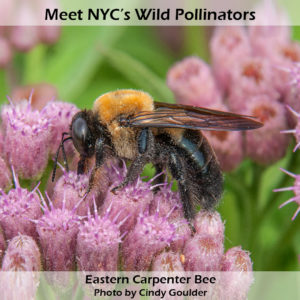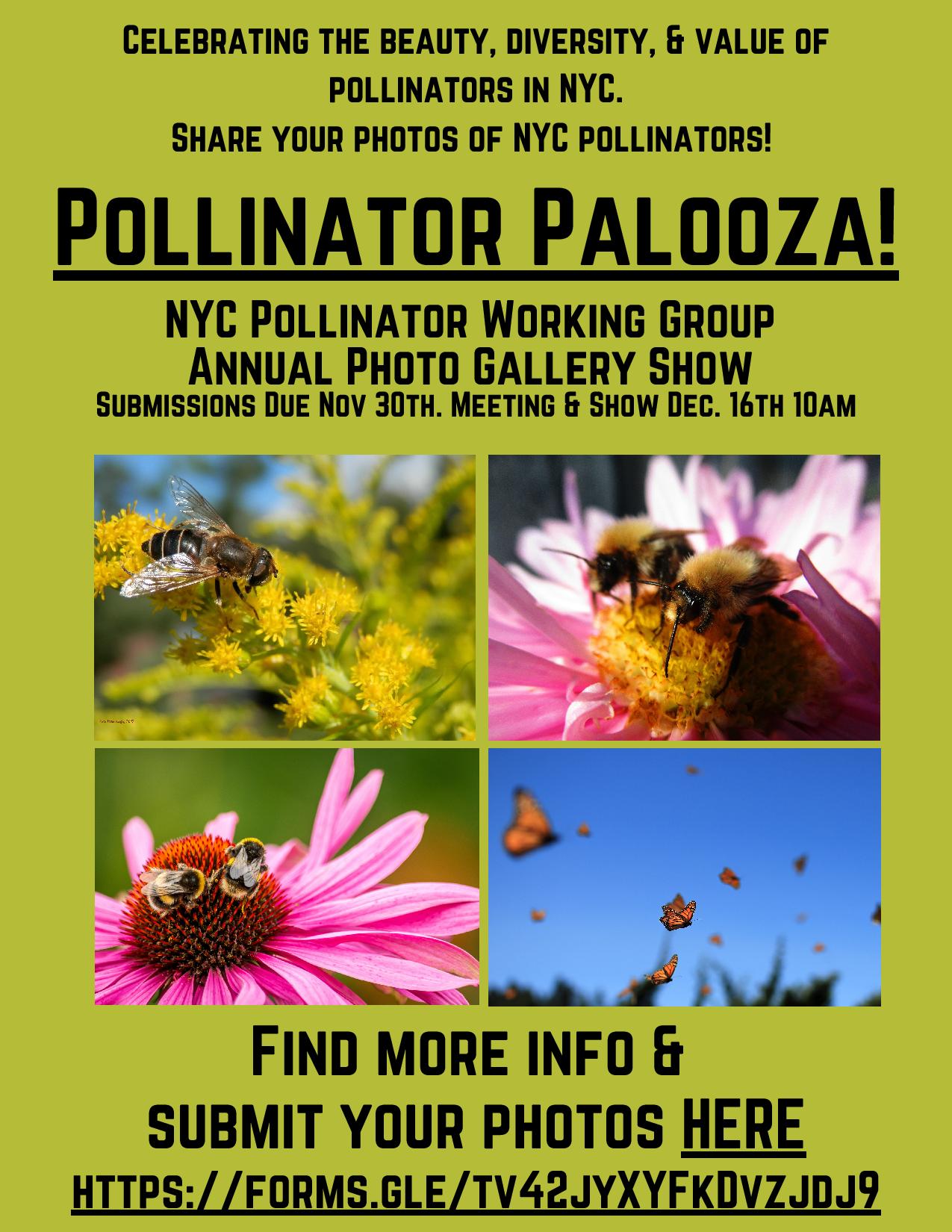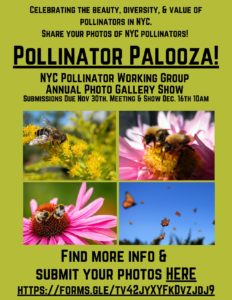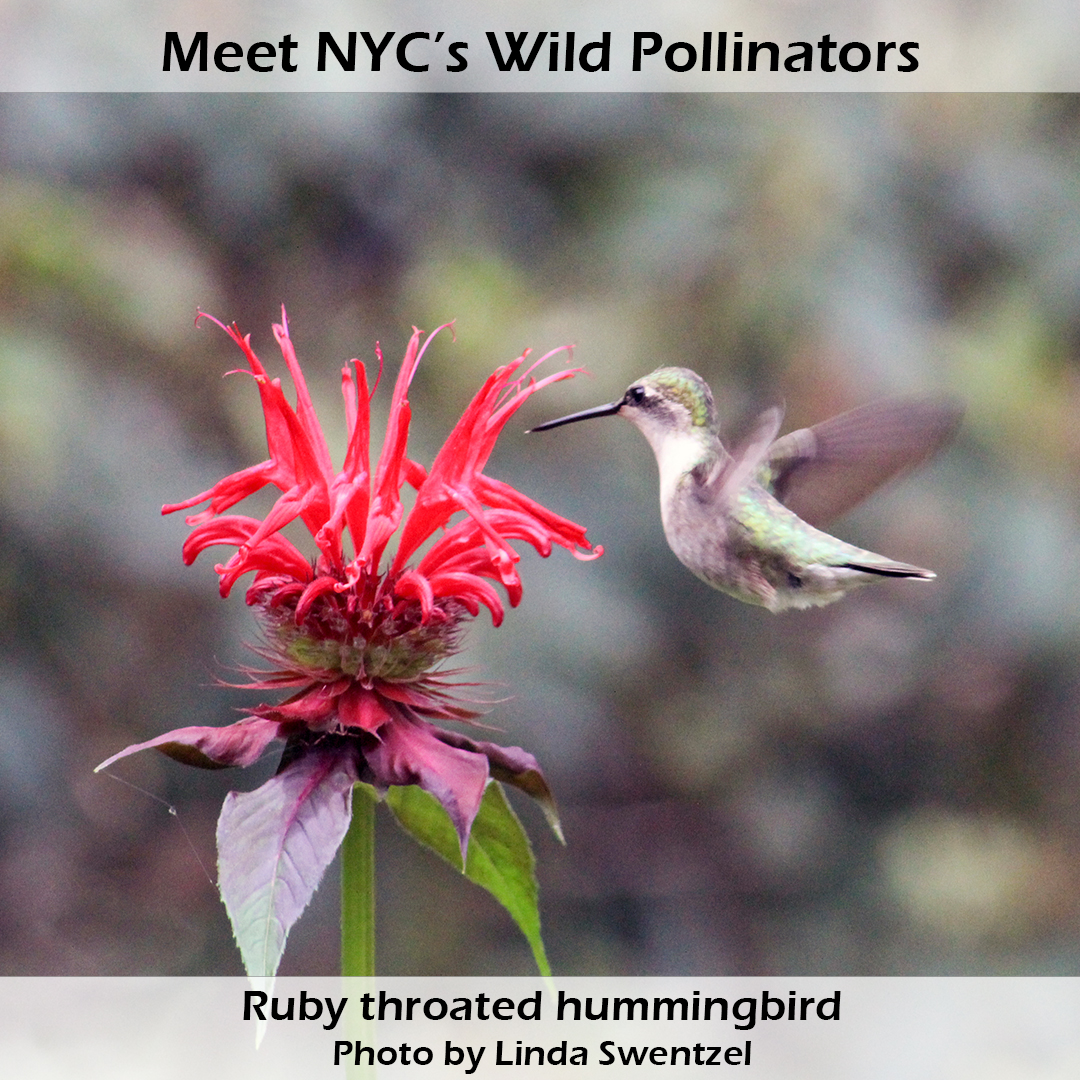
Meet NYC’s Wild Pollinators: Ruby Throated Hummingbird
Latin name
Archilochus colubris
Size
7-9 cm
Flight season
April-September
Flower Preference
Red, orange, and pink tubular flowers
Habitat
Parks, gardens, meadows, woodlands, forest edges, and grasslands
Interesting facts
Their wings beat up to 80 times per second!
The Ruby-throated Hummingbird is eastern North America’s sole breeding hummingbird.
Ruby-throated Hummingbirds show a slight preference for red, orange, and bright pink tubular flowers as nectar sources. Want to attract more hummingbirds? Plant purple coneflower, zinnias, Butterfly weed or milkweed and asters.
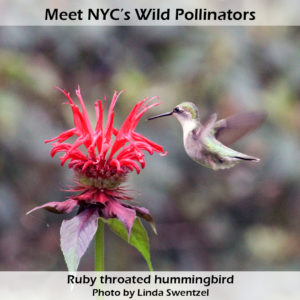
PHOTO by Linda Swentzel
Read more about the Ruby Throated Hummingbird at Audubon.org
Learn more about NYC’s other Wild Pollinators HERE
